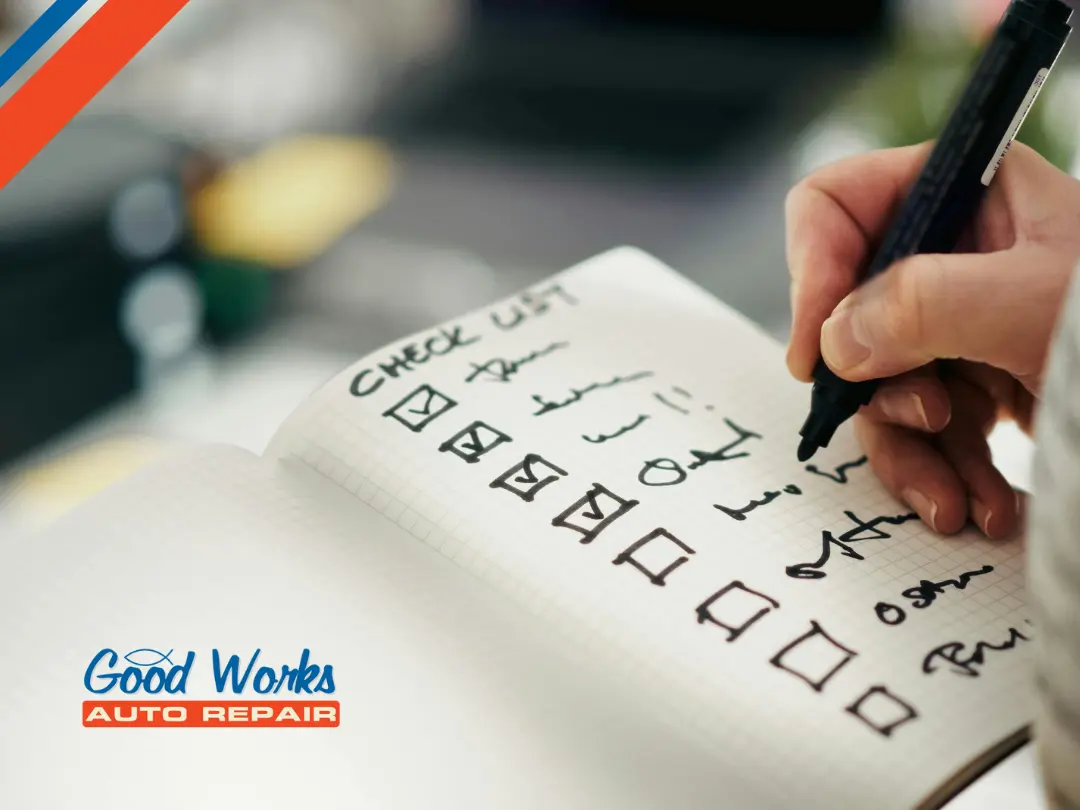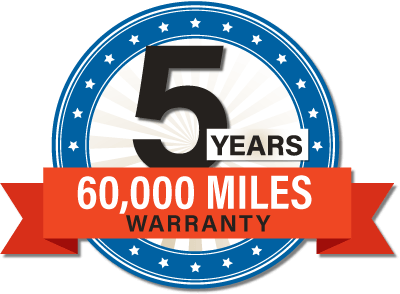 “If it ain’t broke, don’t fix it.” We’ve all heard that before … but is it really true? Maybe sometimes, but it certainly isn’t a good rule of thumb to follow when it comes to vehicle maintenance. Instead, we recommend listening to this piece of advice: “prevention is the best medicine.” And a preventative maintenance checklist can help with that!
“If it ain’t broke, don’t fix it.” We’ve all heard that before … but is it really true? Maybe sometimes, but it certainly isn’t a good rule of thumb to follow when it comes to vehicle maintenance. Instead, we recommend listening to this piece of advice: “prevention is the best medicine.” And a preventative maintenance checklist can help with that!
Why is preventative maintenance important?
Think of it as your own health – would you rather eat a moderately healthy diet and do a little exercise, or suffer from a heart attack and have your quality of life changed?
Taking care of your vehicle is similar. While preventative maintenance does cost money, it can help prevent bigger problems down the road – ones which can leave you stranded on the side of the road and come with a bigger price tag to fix.
Preventative maintenance checklist
With most vehicles containing around 30,000 parts, there are lots of things that can, and do, go wrong with them. We’ve narrowed it down to 15 things, however, that are especially critical to pay attention to. If you regularly inspect and change these important parts or fluids, you’ll be well on your way to having and keeping a healthy vehicle.
- Oil and oil filter – These are typically changed every 5,000 to 10,000 miles.
- Windshield wipers – Check your wipers frequently for cracks or tears and replace as needed.
- Tires – Inspect regularly and watch for uneven wear and pressure changes. Replace tires when damaged or when tread depth is too low.
- Air filter – Replace when dirty, or every 15,000 to 30,000 miles.
- Fuel filter – Change out every 30,000 miles or sooner if it becomes clogged.
- Battery – Maximum battery life is typically 4 – 5 years, but could be less if exposed to extremes in temperature.
- Brake components (pads, shoes, rotors) – A good set may last up to 50,000 miles but a full brake inspection should be completed regularly.
- Brake fluid – Bleed the system and add new brake fluid every 20,000 to 45,000 miles, or according to your vehicle’s manual.
- Coolant – replace fluid and perform a coolant system flush every 60,000 miles.
- Transmission fluid – Healthy fluid is pink while unhealthy fluid is dark red or brown. Check the color regularly and replace as needed.
- Hoses – inspect frequently and replace if cracked.
- Power steering fluid – Flush the system and replace fluid every 75,000 miles.
- Spark plugs – High quality ones can last up to 90,000 miles but cheaper varieties may only last 30,000 miles. Check and replace as needed.
- Timing belt – If this fails while you’re driving, it could leave you stranded. Prevent this by changing it at 75,000 to 90,000 miles before it breaks.
- Exterior lights – While failure of these might not leave you stranded, they can affect your safety and ability to see and be seen. Replace a blown bulb as soon as possible.
Preventative maintenance guidelines
The exact preventative maintenance schedule you should follow is determined by several factors, including driving conditions and manufacturer recommendations. The mileage markers and advice given above is meant to be a starting place and a general guideline, but the specifics for your vehicle may vary. Schedule an appointment with your trusted local repair shop for complete personalized guidelines and service recommendations.






